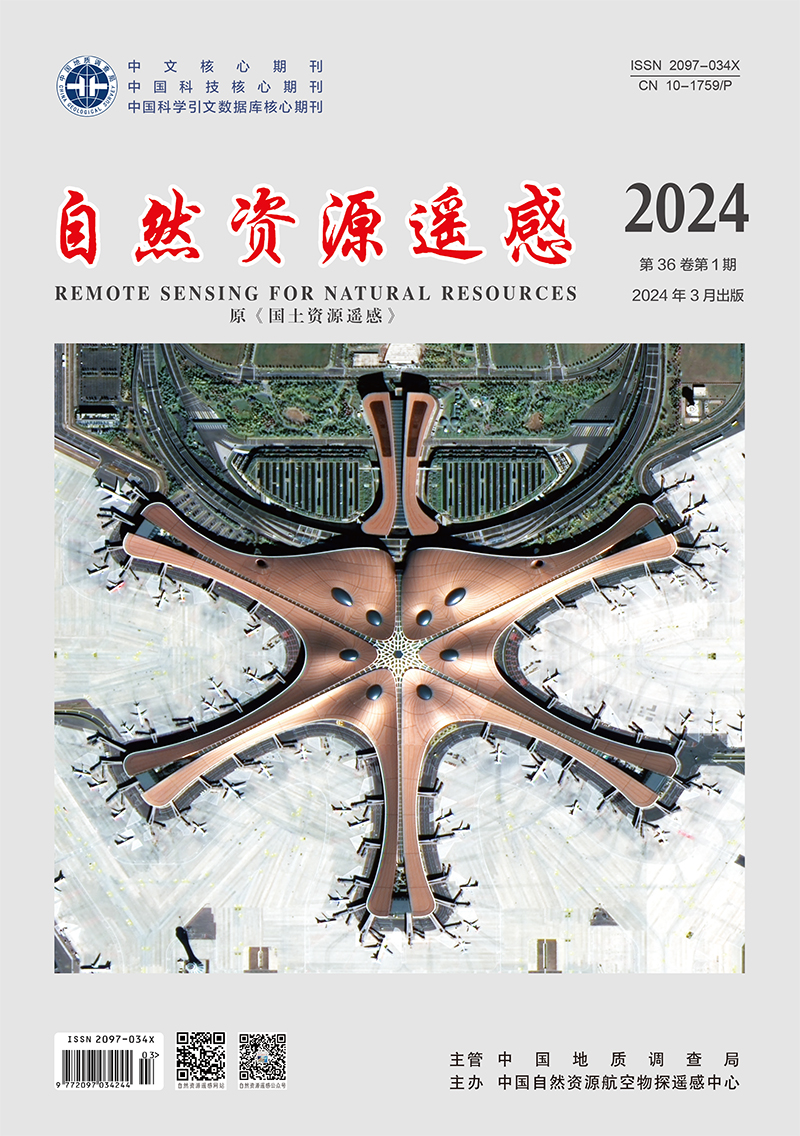HU Miaomiao, YAN Qingwu, LI Jianhui. 2024. Analyzing the spatio-temporal evolution of urban expansion in the Central Plains urban agglomeration and its driving force based on DMSP/OLS and NPP/VIIRS nighttime light images. Remote Sensing for Natural Resources, 36(1): 189-199. doi: 10.6046/zrzyyg.2022410
| Citation: |
HU Miaomiao, YAN Qingwu, LI Jianhui. 2024. Analyzing the spatio-temporal evolution of urban expansion in the Central Plains urban agglomeration and its driving force based on DMSP/OLS and NPP/VIIRS nighttime light images. Remote Sensing for Natural Resources, 36(1): 189-199. doi: 10.6046/zrzyyg.2022410
|
Analyzing the spatio-temporal evolution of urban expansion in the Central Plains urban agglomeration and its driving force based on DMSP/OLS and NPP/VIIRS nighttime light images
-
1. Faculty of Surveying and Mapping Engineering, Yellow River Conservancy Technical Institute, Kaifeng 475004, China
-
;2. Jiangsu Key Laboratory of Resources and Environmental Information Engineering, China University of Mining and Technology, Xuzhou 221116, China
-
;3. School of Public Policy & Management, China University of Mining and Technology, Xuzhou 221116, China
More Information
-
Corresponding author:
YAN Qingwu
-
Abstract
Discerning the spatial pattern and driving mechanism of urban expansion will contribute to the sustainable development of the Central Plains urban agglomeration (CPUA). Based on the DMSP/OLS and NPP/VIIRS nighttime light images, this study extracted the built-up area of the CPUA from 1993 to 2018 through statistical data comparison. Furthermore, this study delved into the spatial-temporal evolutionary characteristics of the urban expansion in this period on scales of the entire urban agglomeration and prefecture-level cities. Accordingly, this study investigated the driving force behind the spatial-temporal expansion using a driving force model. The results show that: ① In terms of the spatial evolution, with Zhengzhou as the center and the northeast to southwest as the reference direction, the built-up areas and expansion scales of cities in the CPUA were generally large in the central part but small on both sides. With 2010 as the point of division, the expansion type shifted from edge expansion to exclave expansion, and the expansion mode transitioned from planar expansion to multi-center dotted expansion and linear expansion along main traffic routes; ② Regarding the temporal evolution, different cities exhibited significantly distinct expansion area, speed, and intensity. The expansion speed and intensity were both positive, roughly manifesting W-shaped fluctuations. The center of the built-up areas shifted from southwest to northeast, then northeast, then west, then northwest, and finally southeast, wandering between Zhengzhou and Kaifeng cities; ③ The main driving force behind the urban expansion resulting from economic factors, followed by social, transportation, and environmental factors. The top five driving force indicators affecting the urban expansion comprised general public budget revenue, GDP, actually utilized foreign capital, education expenditure, and population density.
-

-
-
Access History







 DownLoad:
DownLoad: